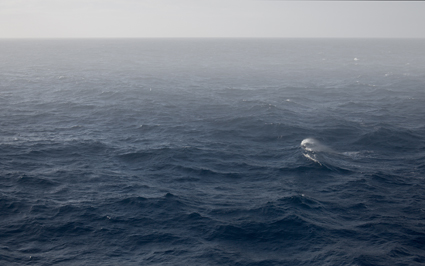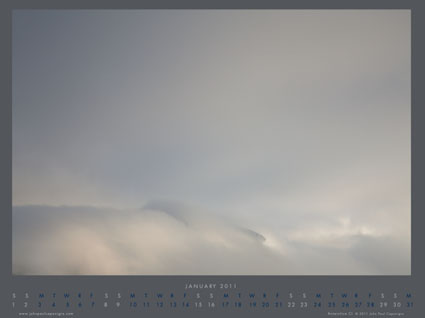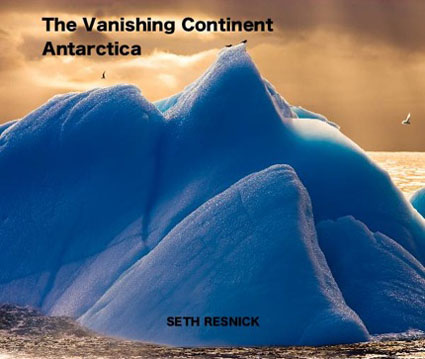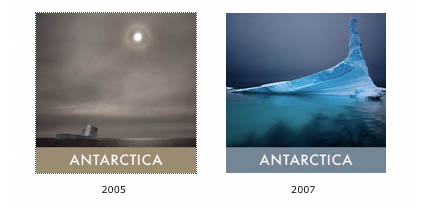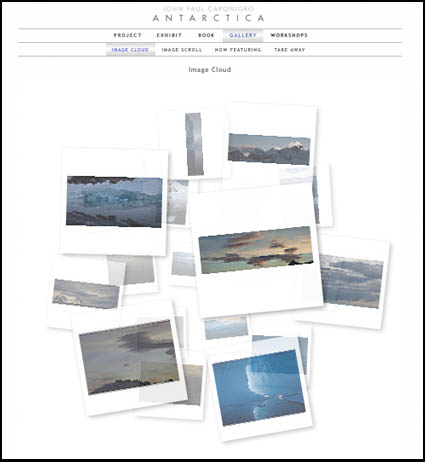Half Moon Island / Deception Island
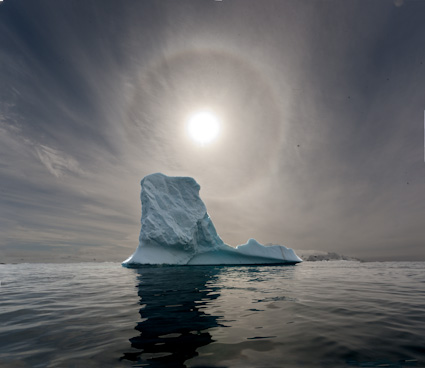
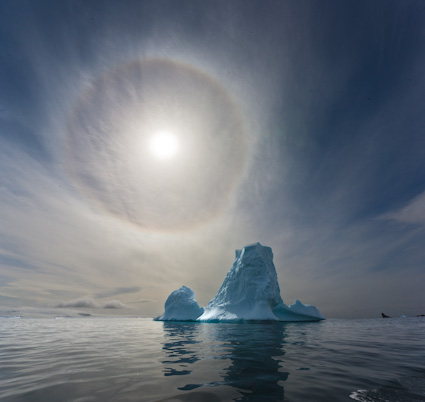
Half Moon Island offers something for everyone; wildlife, landscape, history. The ice that collects on the far side of the island strews the shores with scattered jewels. The atmosphere that hovers over the far mountains constantly changes. The large icebergs that drift into the bay almost always provide exciting opportunities. Recovering from breaking both feet this summer David Duchemin’s triumph over adversity inspired everyone once again.
Mid day I presented my Game Changers (21st Century Photography) seminar. I couldn’t tell if the room was quiet because I was clear and efficient, or because the content was either too simple or too complex, or because we were all still recovering from the side-effects of anti-nauseau medication.
Any way you slice it, it’s exciting to sail into an active volcano and walk its shores. The geothermal vents at Whaler’s Bay on Deception Island offered the warmest waters to date with constant plumes of steam drifting on the half ice choked shores. I find it interesting that so many people were interested in making rusty abstracts that could have been made in many other places rather than images that tell the history or process of this specific place. It may have been the influence of our photographic leaders who are all preoccupied with abstraction. It may be a case of aesthetics trumping content. Then again, if the two types of images are placed in context with one another an interesting synergy can be created. My interest followed the patterns of ash and meltwater. I looked for highly storied abstractions, hoping for images whose individual stories could also represent universal processes. In any given location, there are many ways to approach making images. Comparing the diversity of responses from many photographers working at the same time and same place is instructional and eye opening for everyone. A final chance encounter with a solitary male leopard seal, crooning amid the ice floes, rounded out the day; it was a sound our zodiac driver and marine mammal specialist Jim had only heard two times before, once above and once below water.
After dinner, the photography leaders (Biggs, Caponigro, Meola, Meyerson, Resnick) critiqued group work done so far until midnight. Each leader made a few short remarks about each image presented. There was remarkable consensus among five quite different visions.
Find out about our next Antarctica digital photography workshop here.
Sign up for the pre-announce list for our next Antarctica voyage.
Email jpc@digitalphotodestinations.com.





